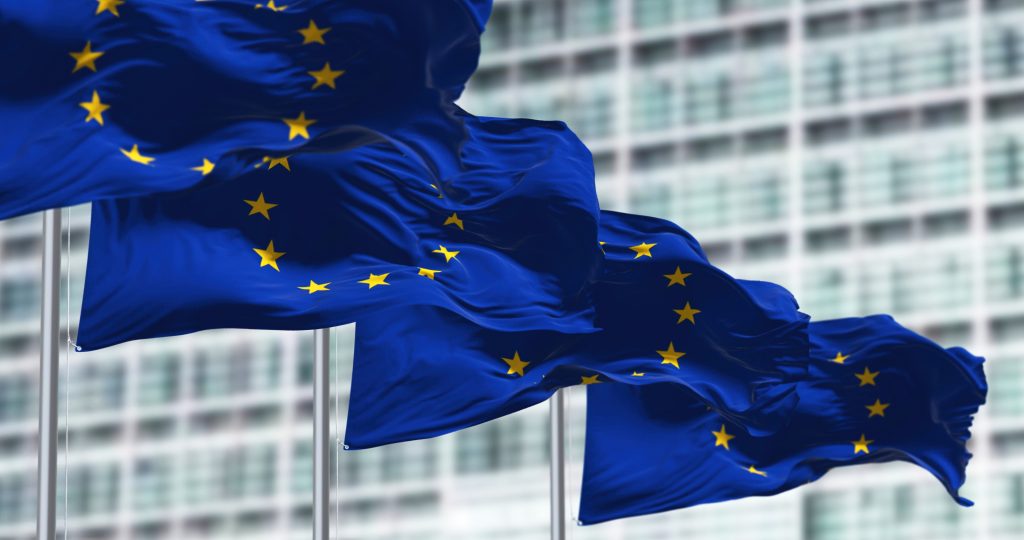
At GJE, we work with many food & drink exporters, and below you will find our top tips to reduce risk and maximise growth.
- Selecting the right trade mark
First and foremost, it’s important you pick the right trade mark for your business, both at home and abroad:
- Choose something distinctive not descriptive. Think of well-known marks like AMAZON and APPLE. They bear no relation to the goods and services on offers so they’re highly distinctive and as a consequence easier to protect and enforce. If you are particularly tied to a weakly distinctive word then think about how you might increase the distinctive character by forming a logo. For example, consider the LOVE COCOA logo by James Cadbury which incorporates a distinctive LC device – a design which is notably imprinted on the chocolate bars themselves, to further re-enforce the fact that it is a proprietary trade mark.
- Make an effort to know your consumer. Consumers and their habits vary hugely around the world and what works well at home might be a complete turn-off abroad. You can start by checking how your brand translates in different countries. For example, when Gerber baby food was sold in France, the brand owner did not realise that “gerber” means “puke” in French. And it’s not just the direct translation you need to consider – check if your brand is slang for something, or sounds like another word you wouldn’t want associated with your products. Pay particular attention to countries that don’t use the Roman alphabet, especially if you’re planning to replicate your brand in local characters by literal translation or transliteration. Make sure there are no negative or misleading connotations which could put consumers off or confuse them, especially when it comes to new or unfamiliar products.
- Consider your business plan which is ever evolving and make sure your trade mark protection properly reflects it. For example, are you interested in expanding your product range, if so do you need to top up your protection? Or is it the case that your brand no longer represents your business model. For example, take the new WW Weight Watchers logo which was developed to reflect their expansion into health products generally and to distance themselves from being purely a weight loss brand.
- Check you’re free to use your trade mark
Once you’ve chosen your brand, make sure you are free to use it in your export markets!
- Some common misconceptions we come across are (1) that you necessarily own the copyright in a logo designed on commission AND (2) that registering your business name with Companies House gives you entitlement to use that name. Similarly, a trade mark registration does not give you the right to use it, only a negative right to stop others from using it or something confusingly similar.
- So before commencing use in a new territory, conduct clearance searches to see if anyone else has earlier trade mark rights that you could be infringing and that could be used to oppose any trade mark applications you file. That way you’ll identify threats early on and avoid costly infringement proceedings, not to mention the cost of filing a defeated trade mark application. In a worst case scenario, you could be faced with an injunction preventing the use of your mark, a forced rebrand, and a considerable waste of time, money and resources. For example, consider the time, effort and expense that the Irish based fast food chain Supermac’s faced when McDonald’s disrupted their plans to expand into the UK and Europe, on the basis of confusing similarity with their rights in Big Mac.
- Of course it might not be cost effective to search in advance of launch in all territories and split branding is possible if necessary, for example, Burger King has to trade as Hungry Jacks in Australia. However if searches can at least be conducted in all key territories then this will make your life much easier in the long run. Forewarned is forearmed as they say!
- Retaining ownership and control
Once you’ve established you’re free to use your brand, here are some steps you can take to make sure you retain ownership and control:
- File trade mark applications (at least in your key markets) sooner rather than later – most countries operate a “first to file” system so if someone gets there first you’ll have a headache trying to unpick it. In China, a squatter can prevent your mark from being registered and worse still they can issue infringement proceedings against your use in China or have your goods removed from ecommerce platforms. For these reasons a distributor may not agree to sell you products unless you have a trade mark registration.
- Make sure your trade marks are centrally owned and sit in the correct name. This will help with enforcement and securing investment. Though with ownership structures there are other considerations such as tax implications.
- Keep robust contracts with your business partners – relationships might start out positive but this could change with time. For example, make sure contracts require the other party to acknowledge your trade mark rights and to agree not to file applications for themselves.
- And finally, keep an eye on your competition. Early warning will make your life much easier, so stay alert and take swift action if necessary. Get your local partners, distributors etc. to keep an eye out for any counterfeit or copycat products and let you know as soon as they see a problem. Likewise, make use of the more formal monitoring procedures, for example trade mark watching services which flag any similar marks that are filed, which can often be a precursor to conflicting products actually going on sale. You can also record your registered trade marks with Customs authorities both at home and abroad, so you’re notified of any counterfeit products entering or leaving the country.
If you would like to discuss the above issues, or how else GJE can help you protect your intellectual property and brand, please find my contact details on my website profile here or contact us at fooddrink@gje.com


